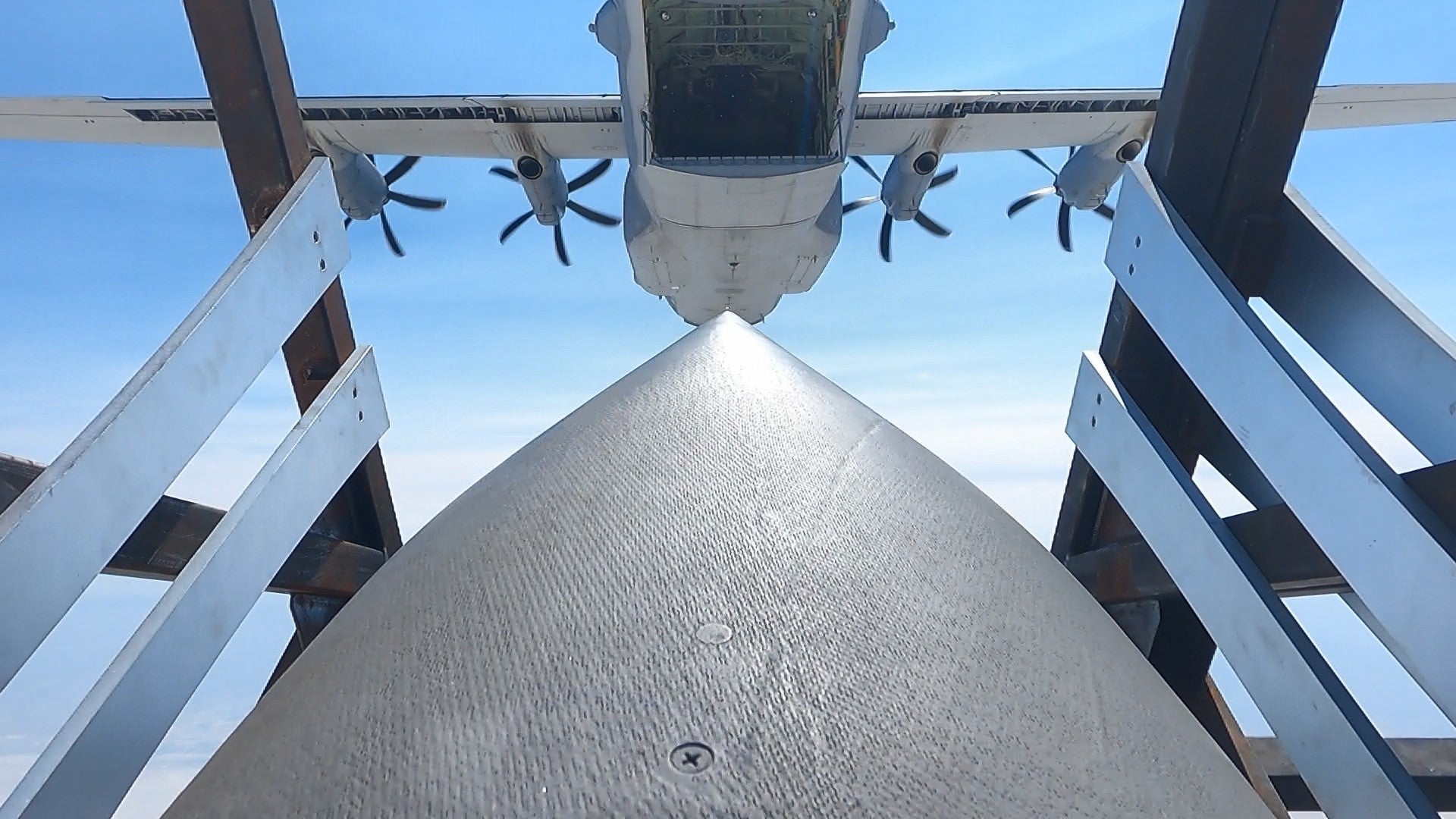
The US Air Force’s (USAF) Rapid Dragon programme has successfully completed its final flight test at the Eglin Air Force Base Overwater Test Range.
For this flight test conducted on 16 December, USAF tested a current inventory cruise missile equipped with a live warhead.
Rapid Dragon showcased the ability to employ weapons making use of regular airdrop procedures from cargo aircraft leveraging the Rapid Dragon Palletized Weapon System.
Under the Rapid Dragon programme, this is the first live-fire test deployed from a cargo airplane.
During this test, an MC-130J flown by an operational flight crew of Air Force Special Operations Command (AFSOC) received new targeting data while in-flight.
This data was then transferred to the cruise missile flight test vehicle (FTV).
Rapid Dragon programme was previously designated as the ‘Palletized Munitions Program’.
It is an experimentation campaign led by the Air Force Strategic Development Planning and Experimentation (SDPE) office.
Air Force Research Laboratory commander major general Heather Pringle said: “This type of experimentation campaign, that address capability gaps and demonstrates transformative efforts, helps us shape future requirements and reduces timeline to fielding.
“This approach ultimately enables a rapid fielding alternative to traditional lengthy acquisition timelines.”
According to the Air Force Research Laboratory (AFRL), the MC-130J aircrew airdropped a four-cell Rapid Dragon deployment system once inside the drop zone over the Gulf of Mexico.
This deployment system consisted of FTV and three mass simulants.
In the past five months, the programme conducted five system-level flight tests using MC-130J, EC-130SJ, and C-17A.
The SDPE office and partners Air Force Futures, AFSOC, AMC, US Special Operations Command (USSOCOM) Det 1, and the 412th Test Wing completed the first system-level flight tests on EC-130SJ and C-17A airlift aircraft.
SDPE Rapid Dragon programme manager Dean Evans said: “Rapid Dragon is a prime example of a government/industry partnership that embraces this acceleration mindset, building a community of subject matter experts and executing an aggressive, but well-thought-out, experimentation campaign.
“This accomplishment is a testament to what an agile US Air Force and industry team can do when it is empowered to do business differently.”
In August, the Rapid Dragon programme conducted its first system-level flight tests to assess the operational utility of the palletised munition deployment system.



